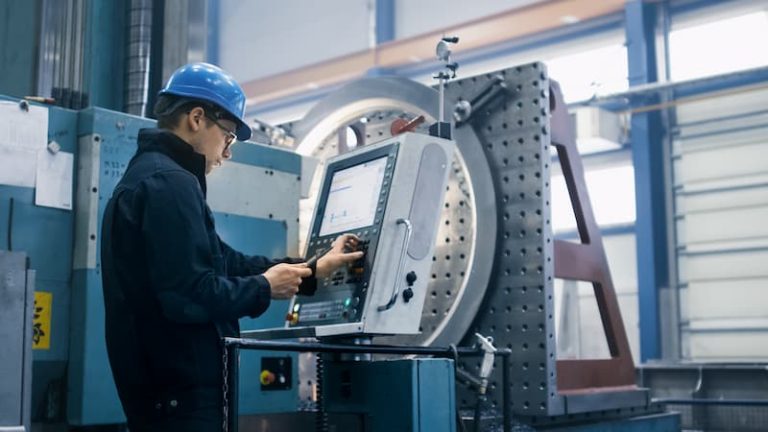CAM stands for Computer-Aided Manufacturing. It is an essential technology that helps manufacturers produce high-quality products at a faster rate with greater precision and accuracy. CAM software is used to control the manufacturing process by automating the programming of machine tools, such as lathes, mills, routers, and grinders.
In this article, we will explore the full form of CAM, its importance, and the benefits it offers to the manufacturing industry.
What is CAM?
Computer-Aided Manufacturing (CAM) refers to the use of computer software and hardware to automate the manufacturing process. CAM systems use various tools and techniques to generate machine tool paths, which control the movement of machines to create the desired product.
CAM software enables manufacturers to create, modify, and optimize their designs quickly and easily. It allows them to develop complex shapes and geometries that would be impossible to produce manually.
Importance of CAM
The use of CAM technology is becoming increasingly important in the manufacturing industry. With the ever-increasing demand for higher quality products at a faster rate, CAM has become a necessary tool to stay competitive in the market.
CAM technology allows manufacturers to streamline their production process by automating many of the repetitive and time-consuming tasks. This not only saves time and money but also improves the overall quality of the product. CAM also enables manufacturers to reduce waste by optimizing material usage and minimizing errors.
Benefits of CAM
- Increased Efficiency: CAM technology helps manufacturers to produce high-quality products at a faster rate with greater precision and accuracy. This increases efficiency and productivity, allowing manufacturers to meet the demands of their customers in a timely and cost-effective manner.
- Improved Quality: CAM software enables manufacturers to create complex shapes and geometries that would be impossible to produce manually. This improves the overall quality of the product and reduces the likelihood of errors.
- Cost Savings: CAM technology allows manufacturers to optimize material usage and minimize waste, resulting in cost savings. It also reduces the need for manual labor, which can be expensive and time-consuming.
- Better Collaboration: CAM software facilitates better collaboration between design and manufacturing teams. It enables them to share data and work together to optimize the manufacturing process.
- Faster Time-to-Market: With CAM technology, manufacturers can develop, test, and produce products faster, reducing the time-to-market. This enables them to stay ahead of their competitors and meet the changing demands of the market.
Conclusion
CAM technology has revolutionized the manufacturing industry by enabling manufacturers to produce high-quality products at a faster rate with greater precision and accuracy. Its benefits include increased efficiency, improved quality, cost savings, better collaboration, and faster time-to-market. As the demand for high-quality products at a faster rate continues to grow, CAM technology will become even more important in the manufacturing industry.


0 Comments